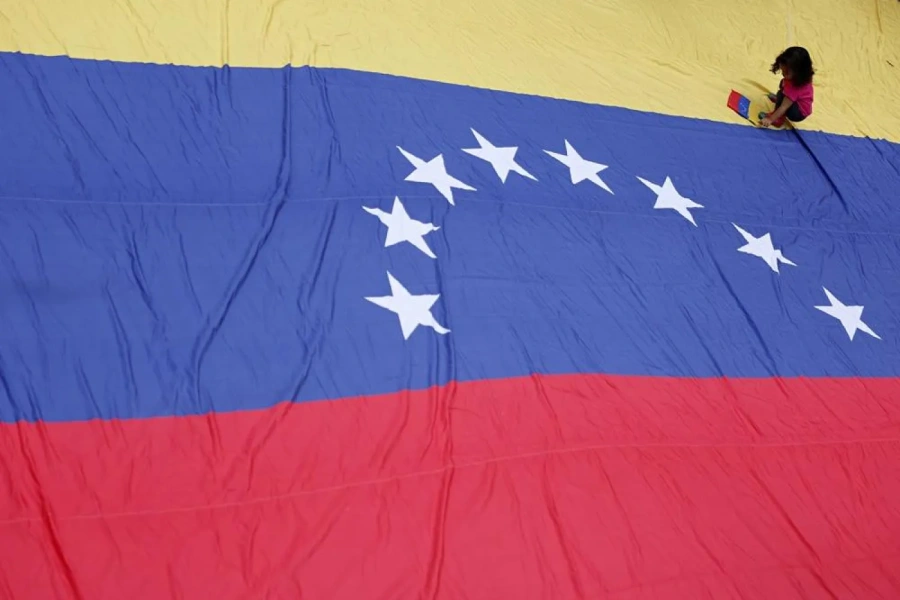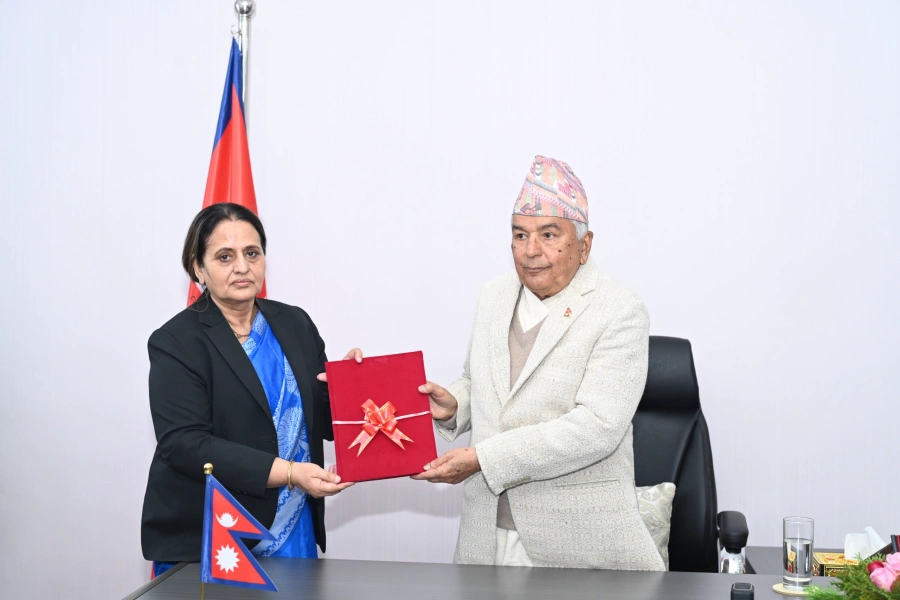The students who have been deprived of learning will look back to this time to recall how the government failed education in the name of pandemic.
My daughter has not been to school for the last six months. First few days were fun for her, and for us too. March-end is a session break time in Nepal’s schools. It felt like a holiday season. Then came May—and June—and there was still no sign of Covid-19 subsiding. Then her school started online classes. Initially, there was not much learning and teaching going on. Teachers were engaging the students—with stories and visuals—but it was much better than not attending schools.
In between, the school organized a Zoom meeting with parents. Much of the discussion was centered on the pandemic and how to make online classes effective but the key question was fee, the money. Many parents, it came to be known, had not paid fees since January, while all schools—private and public—had completed nearly all academic activities scheduled in the calendar for the year, including the final examinations, by March. The school officials politely asked the parents to pay for online classes ‘however much they could.’ That was a reasonable call. Lockdown or no lockdown, and despite the pandemic, teachers had been doing their duty. They needed to be paid. And unless, we, the parents, paid fees the schools would not pay to their teachers (or we could keep the children disengaged from school activities this year and not pay too). Everyone agreed to pay ‘whatever money they could.’
My daughter’s classes are going on in Zoom.That she would go to school by wearing uniform feels like a scene from a remote past now.
Remote learning and/or virtual learning has become a new normal in the academia in nearly every country in the world—from kindergarten to high schools to colleges and universities. That’s because people with reason and sensitivity for education have always advocated that education should not stop even in the most adverse times.
Many students in Nepal are learning like my daughter is learning. They sit in front of screens, listen to their teachers, do homework and send it back to their teachers by using laptops or smartphones. However, this is not true for all the students of all the schools. Millions of students from public schools may not even have sat for classes since March. By now many of them may even have thought there is going to be no school this year.
Parents, students and school operators all have faced many troubling and unanswered questions these six months: What will happen to education? How will the schools manage classes? How will the parents pay? Will the government authenticate online classes conducted by schools? What if the government comes up with the policy of automatic upgradation without conducting exams?There are uncertainties and there is a fear that academic session this year might just evaporate into the mist of Covid-19.
Regulation of private education essential: Minister Poudel

All this is because of the Covid-19 pandemic and the restrictions and lockdowns which had to be imposed. But more than that, this is because of the government, Ministry of Education in particular, which has been watching without an iota of worry, while the prospects of complete collapse of education itself stare at us and while millions of school-goers and their parents wait for clear answers from the government. To ignore education is no less than a crime. The government and Education Minister is no less than a culprit.
Private vision
The initial response of the government was limited to issuing dos and don’ts for private schools. On June 1, Ministry of Education issued directives for alternative learning. But the private schools were also asked not to charge students for the lockdown period, something they predictably would not agree to. PABSON and NPABSON—umbrella organizations of private schools—on June 23 issued a statement requesting for the payment of fees for March/April and following months saying that they had gone bankrupt.
In Kathmandu and outside, many private schools had started virtual learning, which had at least benefitted the students with internet access. But this again came to a close on July 16, when PABSON and NPABSON decided to stop virtual teaching citing the economic issues. Main grievance of private school owners was lack of directive from the Ministry of Education. They had been demanding that they should be allowed to raise ‘reasonable’ amount of fees for online education. These private schools, then, found the excuse to not to pay or underpay around 50,000 teachers employed in those schools. Some of the private school teachers launched protests demanding payment. In early July, as many as 300 teachers staged protests in Itahari and threatened to padlock schools if their salaries were not paid.
The government made public SEE results a fortnight ago. In Kathmandu, private schools have opened online registration (which means admission) for grade XI for this year. Students and parents are following online registration process too. The exams of grade XII—supposed to be completed in April and May—are yet to be held. Grade XI of last year has been told board examination will not be held and that internal evaluation scores sent by the respective schools will be considered as final grades.
“But what will become of our exam?” The students of grade XII, who prepared for the exam for April, are asking. Many of them are thinking there will be no board exam for them this year. Lot many of them must have forgotten what they learned, as they have been out of the classroom for more than six months.
What went wrong?
Private schools account for a tiny fraction of the total number of Nepal’s schools. Of more than 35,000 schools, private ones number at less than 7,000—around 20 percent by a rough calculation. The public schools—where, despite politicization and all other problems facing it, vast majority of students from low-income, poor and rural backgrounds depend on for learning—should have been the point of focus of the government.
It should have communicated properly what will happen of education of around seven million children who go to these schools. It should have formulated a clear guideline and circulated it and it could have formulated the guidelines for private schools too.
The mistake the government made was it thought of schools as private schools. The truth is private schools have been operating independently of the government whose main stakeholders—the parents—have chosen those schools mostly because those in power have never really cared to improve the standards of the public schools.
The apparent disdain of the government for private schools looks absurd especially when you consider that almost all political leaders of Nepal educate their children in private schools, and a good many of them—from the president’s kins to prime minister’s followers—either own or have stakes in private educational institutions.
Maoists were notorious for vilifying and attacking private schools. After they came above the ground they started to put their children in private educational institutions while caring a little about enhancing quality and infrastructures of public schools. It is intriguing what is guiding the mindset of current education minister—Giriraj Mani Pokhrel—who belongs to a former Maoist camp.
Damage could be controlled
The government should have given clear directives to both private and public schools not to stop teaching and learning. Understandably, not all public schools have internet access. But the government could have collaborated with Nepal Telecom and private internet service providers to provide internet access to these schools. Education Ministry could have communicated to students of public schools to compulsorily attend radio and television classes. It should have clearly communicated to students and parents that the government will not allow learning to stop.
In coordination with the local government actors—ward chair and ward members in particular—students’ access to remote learning could have been enhanced. The teachers of these schools, nearly all of them from the local communities, could have facilitated the process.
If the government was committed that students should not suffer and education should not suffer, ways could have been found to educate the students.
If there was one thing that could be effectively done during the lockdown, it would probably be teaching and learning because both the teachers and the students are confined to homes, with little else to do. Only a means to connect them—through devices, television or radios or other means—had to be created. The government failed to do this and as a result, says a recent UNICEF report, more than two-thirds of Nepal’s schoolchildren are deprived of distance learning.
Nepal’s private schools and colleges are largely capable of conducting remote learning themselves. They only need some clarity, some assurance that the government is there for them too, and clear instructions as to how they should go forward. The government is not doing this. It does not seem to care about the parents and students who depend on public schools for education, nor does it seem to have any plan how to continue education.
I don’t believe that the government ministers most of whose attention seems to be directed toward making most out of this pandemic to enrich their cadres or themselves think about this grave issue even for an hour. But the students who have been deprived of learning due to government’s negligence and the parents who are worried about their children’s education will look back to this time to recall how the government failed education in the name of pandemic.






































